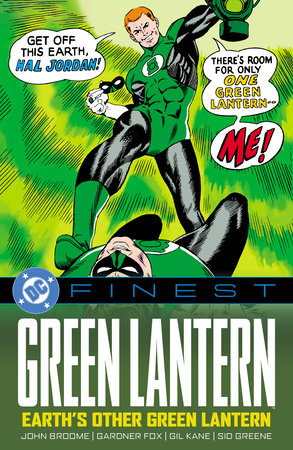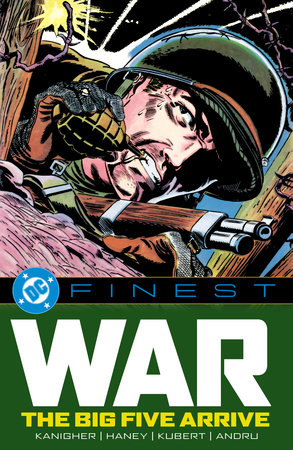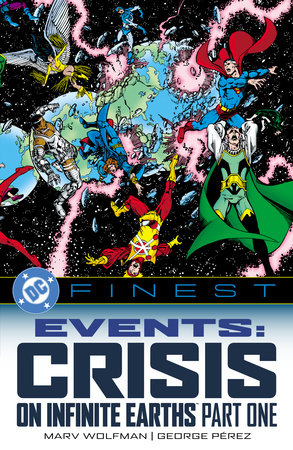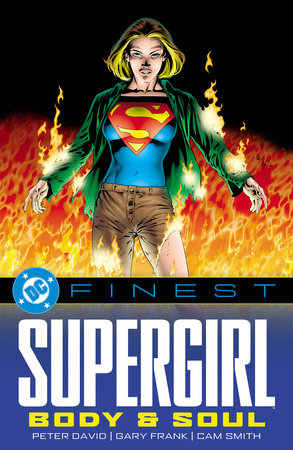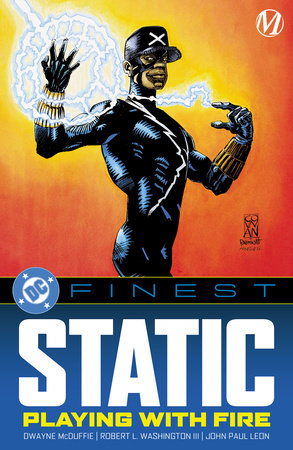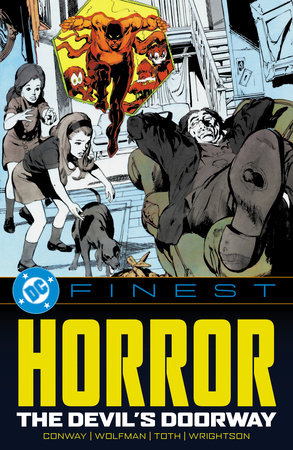
DC Finest: Superman: The Invisible Luthor
Various
Paperback
December 2, 2025 | ISBN 9781799503323
AmazonBarnes & NobleBooks A MillionBookshop.orgHudson BooksellersPowell'sTargetWalmart
About the Book
Welcome to DC Finest, a major new publishing initiative presenting comprehensive collections of the most in-demand and celebrated periods in DC Comics history, spanning genres, characters, and eras!
In DC Finest: Superman: The Invisible Luthor, experience some of Superman’s most iconic Golden Age adventures, including some major first-ever moments for his nemesis, Lex Luthor! This volume collects Action Comics #26-40, World’s Finest Comics #2-3, Superman #6-11, World’s Best Comics #1, and New York World’s Fair #2.



